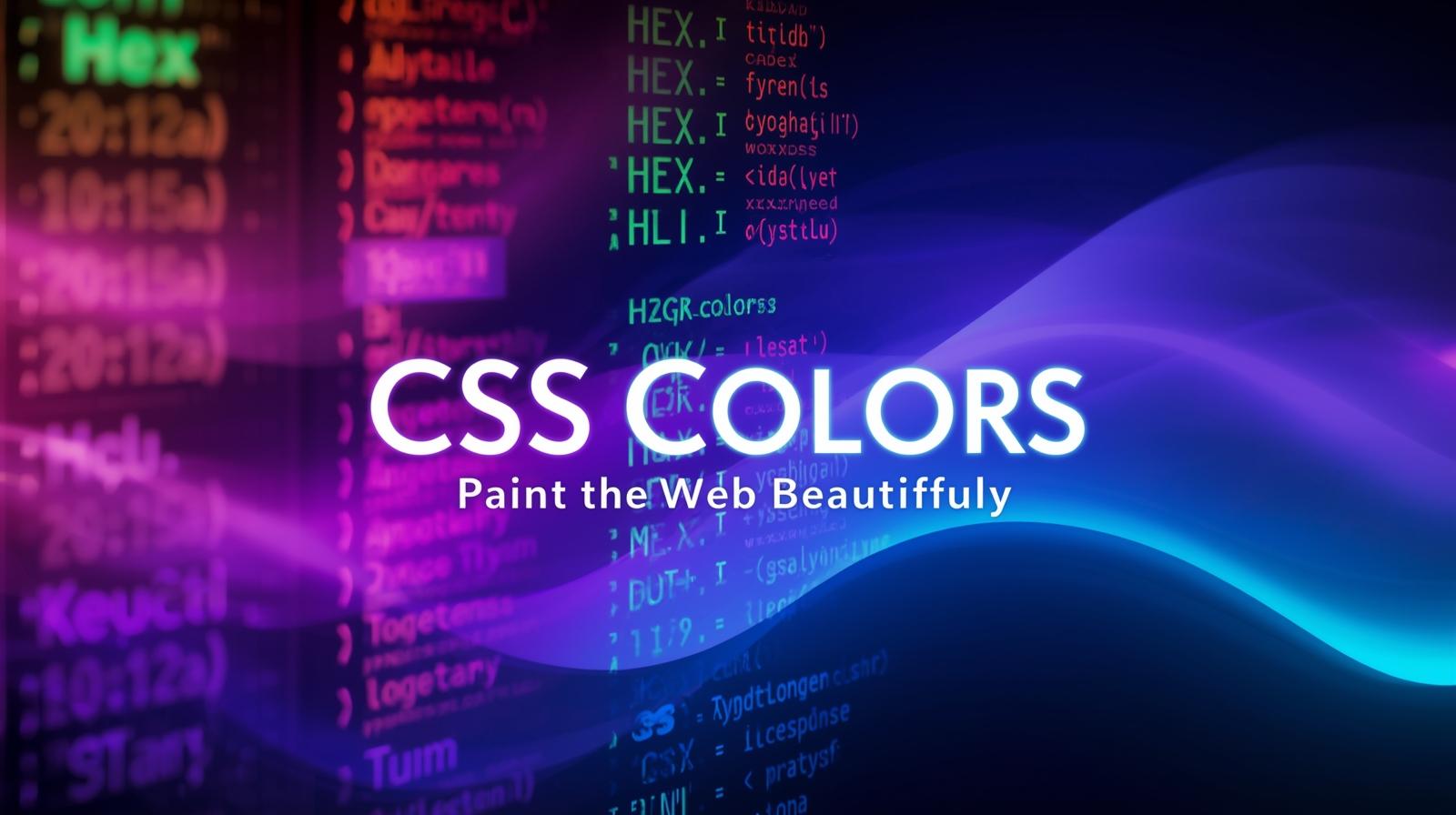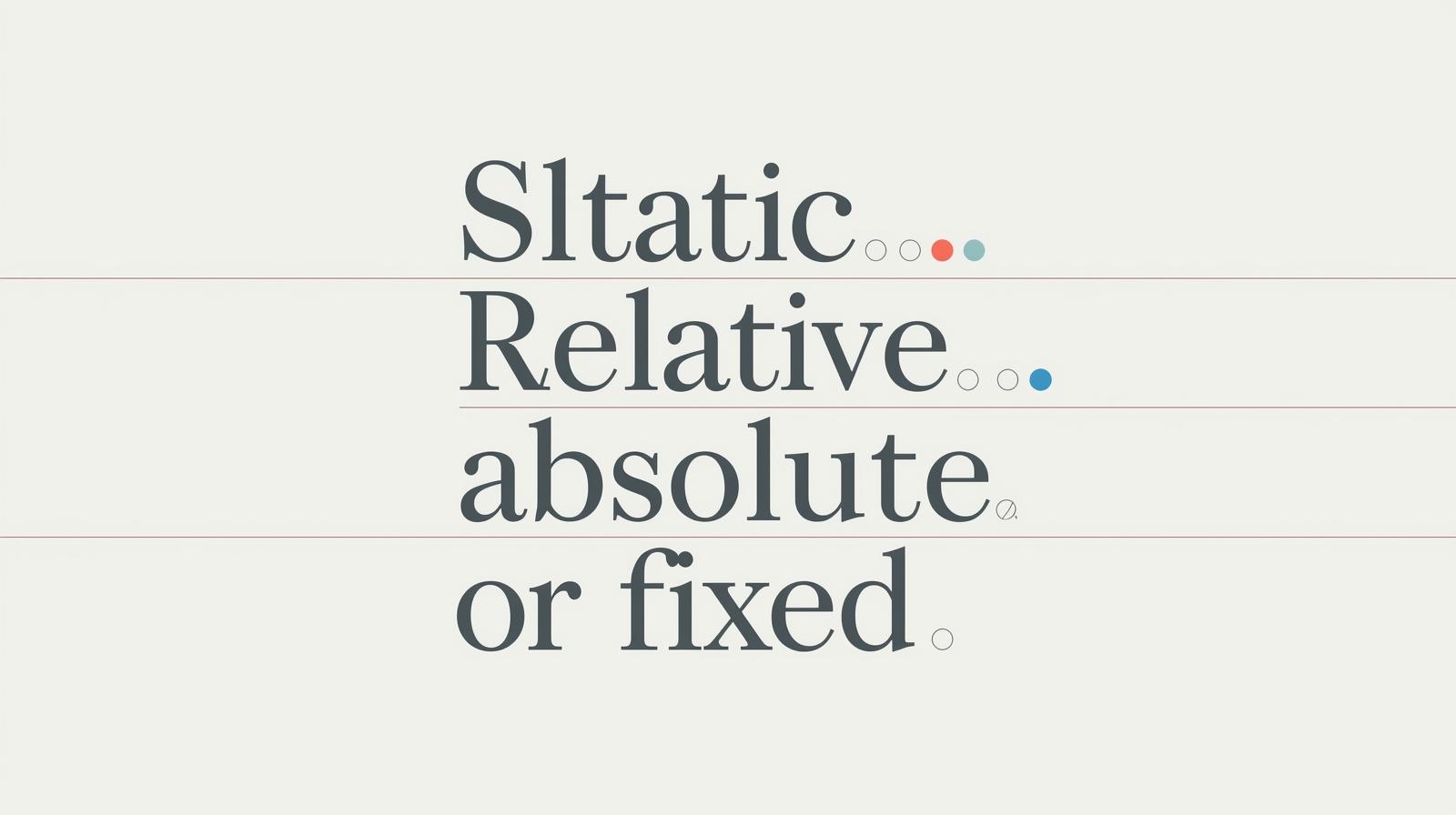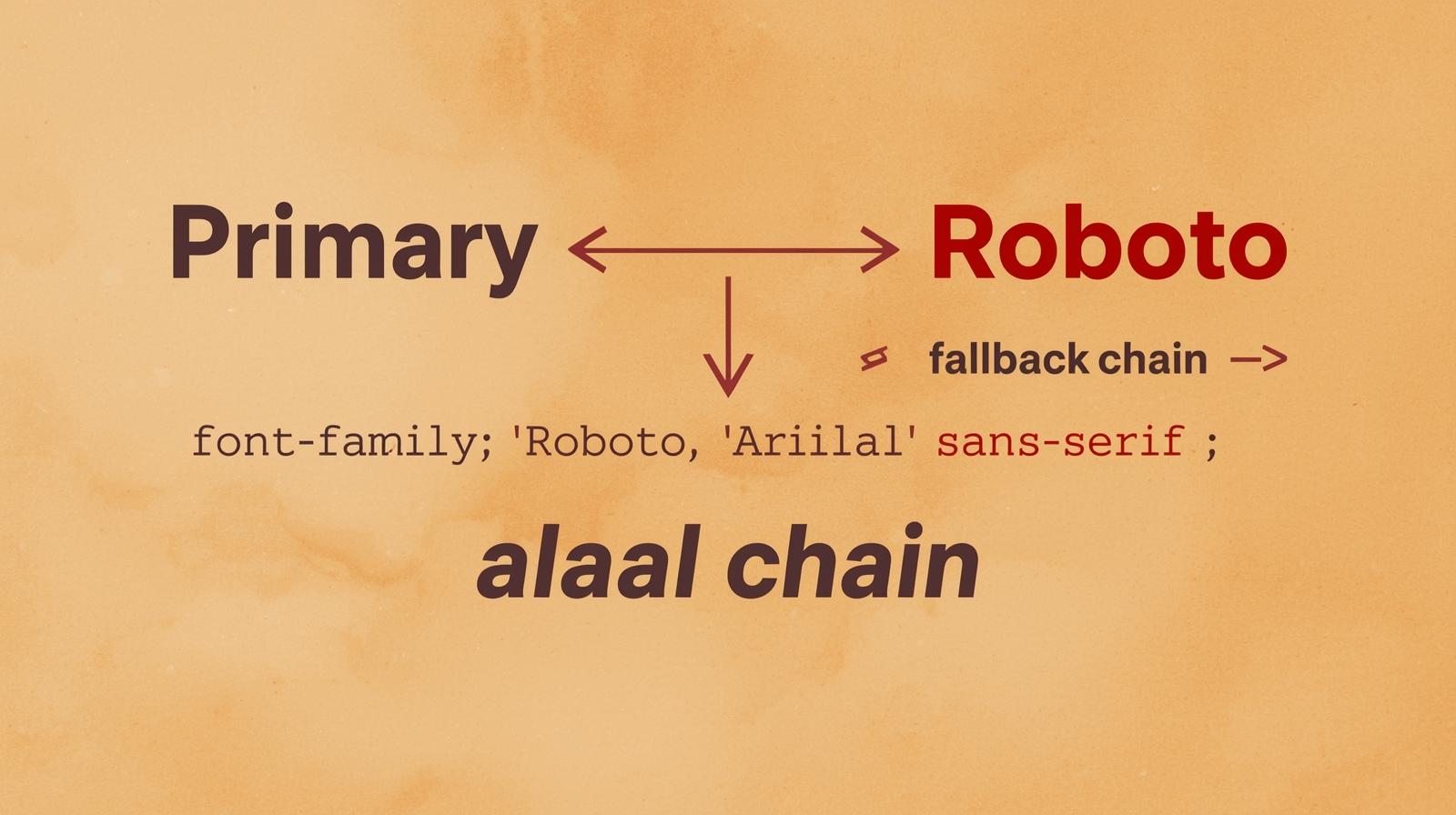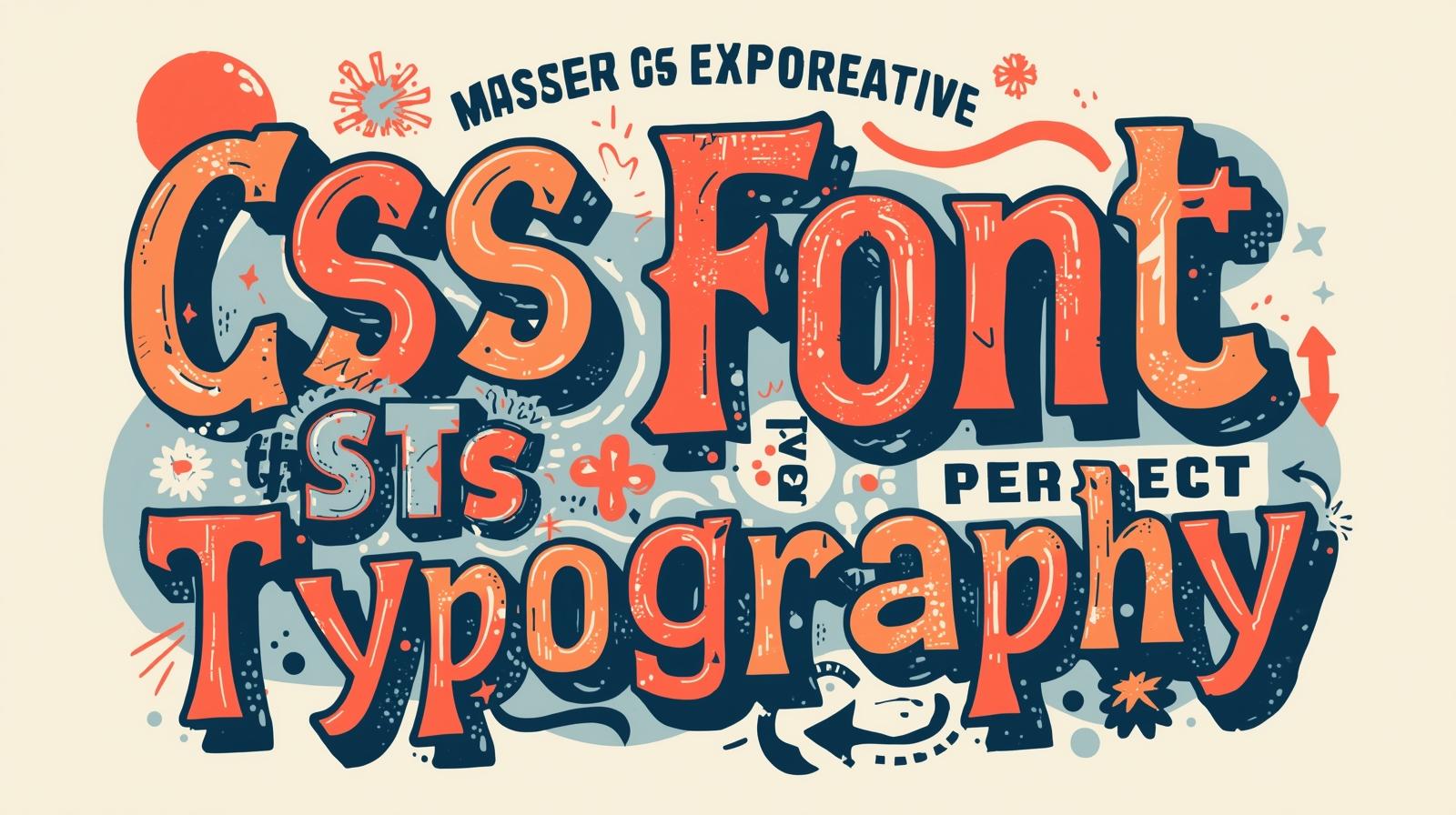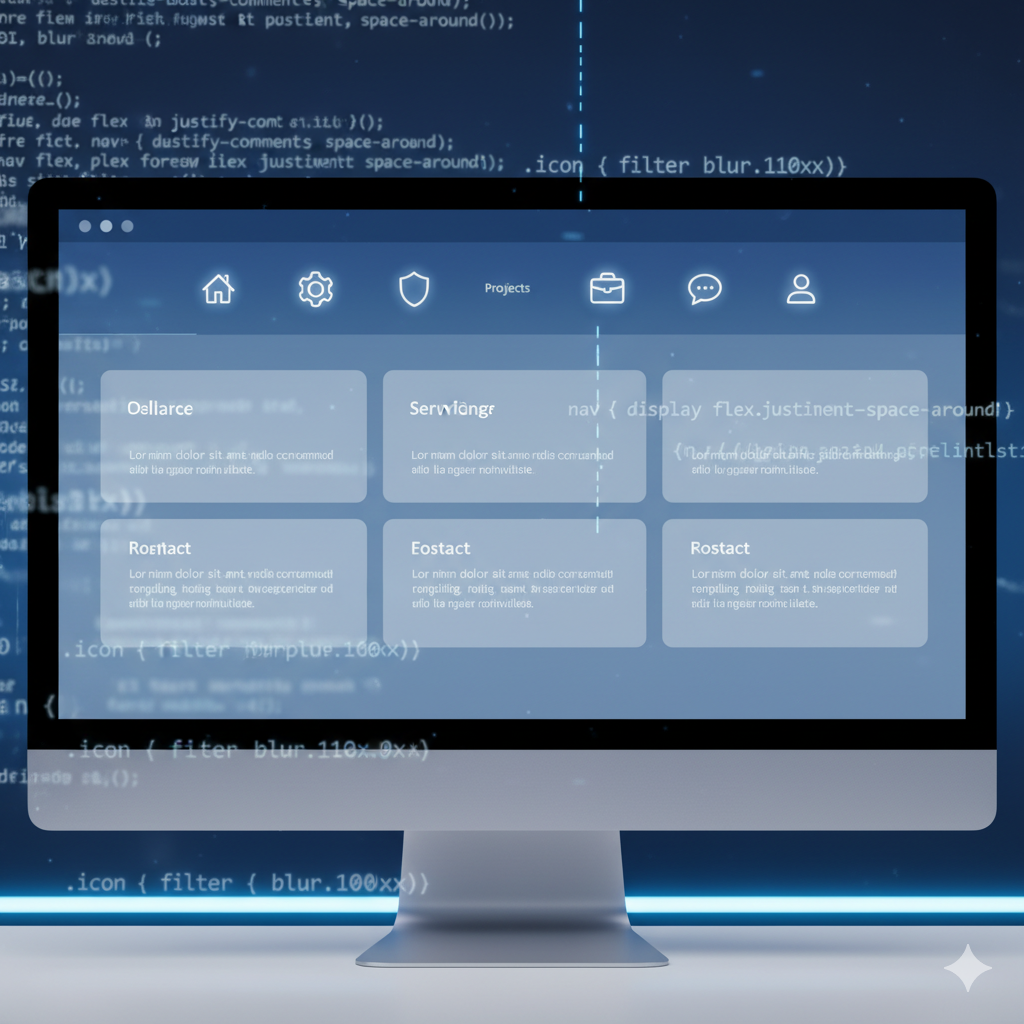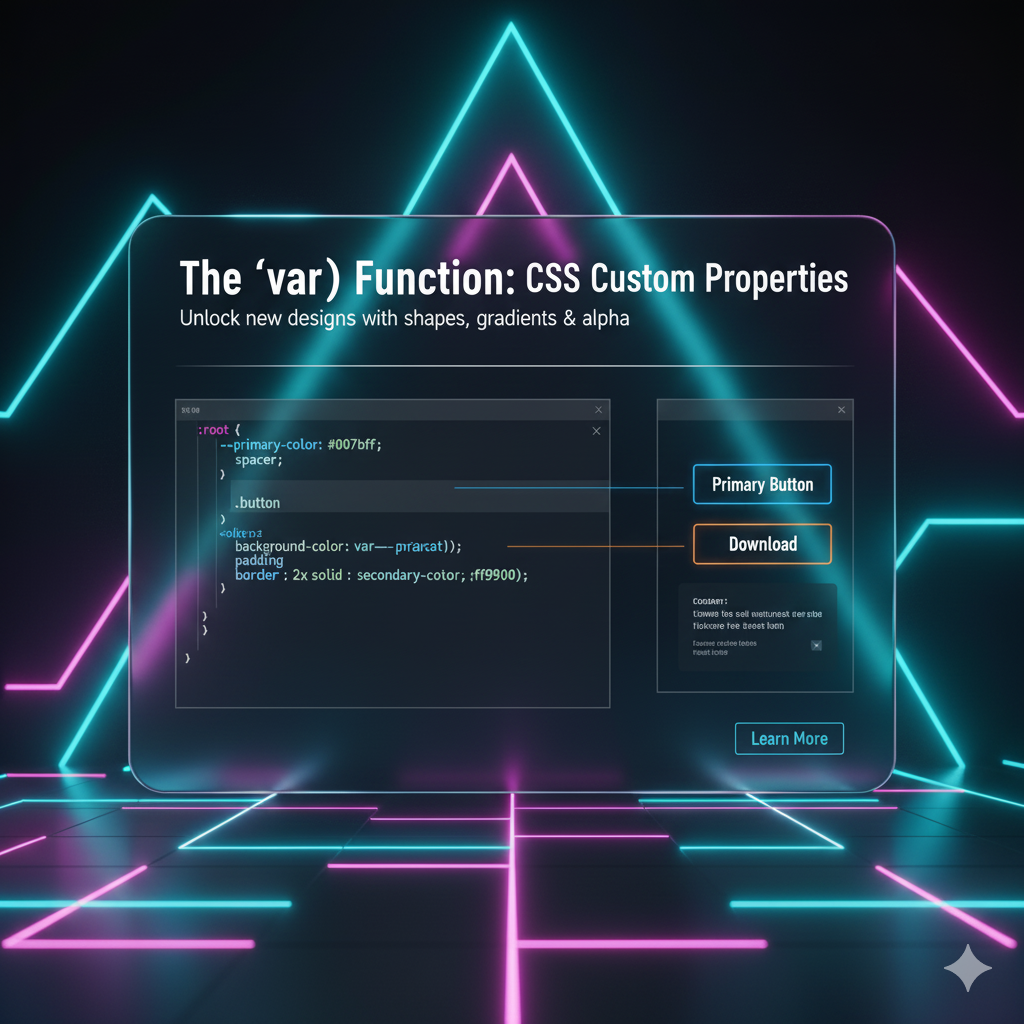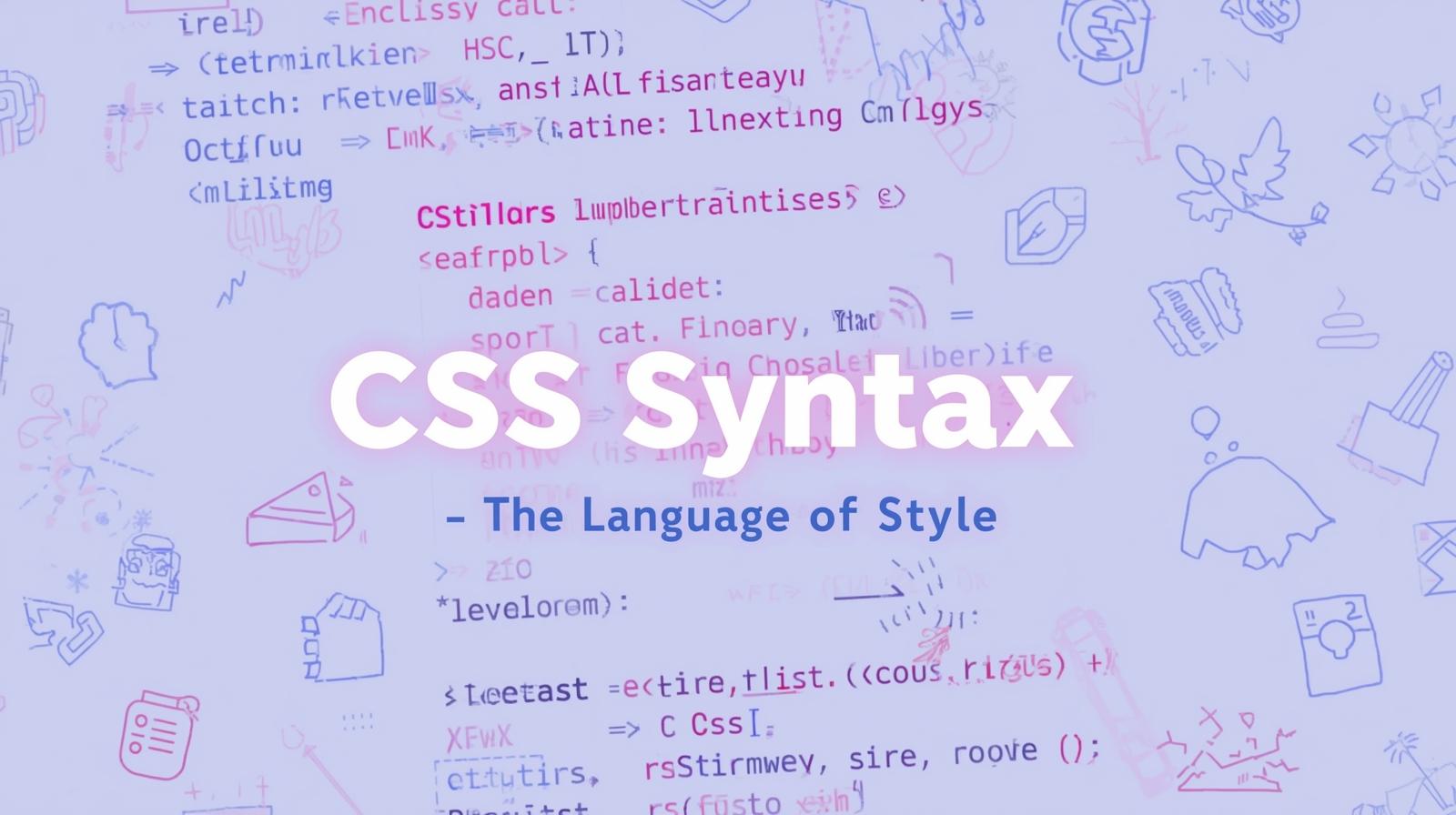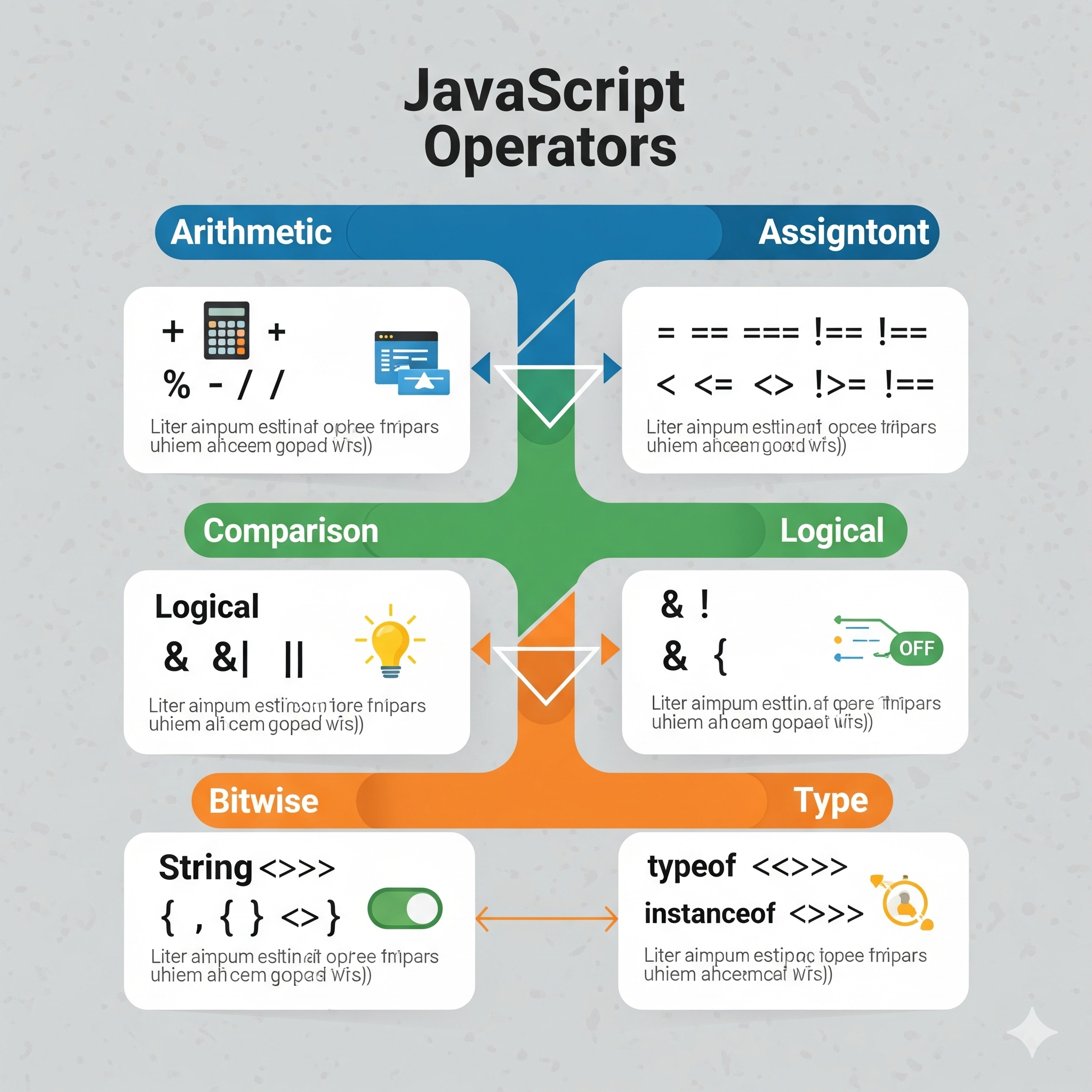CSS Website Layouts: A 2025 Guide to Flexbox, Grid & More

Stop fighting with CSS! Our in-depth guide breaks down modern CSS layout techniques like Flexbox and Grid with examples, best practices, and pro tips. Build stunning, responsive websites today.

CSS Website Layouts: A 2025 Guide to Flexbox, Grid & More
Stop the CSS Struggle: Your Ultimate Guide to Modern Website Layouts in 2025
Let's be real. If you've ever tried to build a website from scratch, you know the pain. You have this beautiful design in your head, but when you start coding, everything ends up in the wrong place. That div just refuses to center, your sidebar is playing hide and seek, and the moment you look at it on a phone, it all falls apart. Sound familiar?
Yeah, we've all been there. For years, developers relied on hacky tricks like float and table-cell to force layouts into existence. It was a messy, frustrating time.
But guess what? Those days are over.
Modern CSS has gifted us with not one, but two powerhouse tools that have completely revolutionized how we build layouts: Flexbox and CSS Grid. And no, you don't have to choose one. They’re best friends, and learning how they work together is the secret sauce to becoming a layout god.
In this guide, we’re going to break it all down. No fluff, just straight-up, practical knowledge that you can use today. Let's dive in.
The Old Guard: A Quick Nod to the Past (RIP Floats)
Before we get to the good stuff, let's pay our respects to the old ways. The main method was using the float property. It was designed to wrap text around images, like in a magazine. We then abused it to create entire page layouts by "floating" columns side-by-side. The problem? It was fragile, required clearfix hacks, and was a nightmare for complex, responsive designs.
Thankfully, we've moved on. While you might still see float in legacy code, for new layouts, it's time to embrace the modern tools.
The Dynamic Duo: Flexbox and CSS Grid
Think of Flexbox and Grid as your two new best tools in the shed, each with a specific superpower.
Flexbox is for one-dimensional layouts. Think of a row or a column. It’s perfect for distributing space and aligning items along a single axis. It’s your go-to for navigation bars, centering content (finally, an easy way to center things vertically!), or arranging a list of items.
CSS Grid is for two-dimensional layouts. Think of a full-blown grid with rows and columns. It’s designed for laying out entire pages. You want a header, a sidebar, a main content area, and a footer, all perfectly aligned? Grid is your hero.
The key is to use them together. Use Grid for the overall page structure, and then use Flexbox for the smaller components within each grid area.
Deep Dive into Flexbox: The Alignment King
Flexbox is all about giving a container (the "flex container") the ability to alter the width, height, and order of its child items (the "flex items") to best fill the available space.
The Core Concepts:
You apply display: flex to a parent container, and boom, its direct children become flex items.
Let's build a simple navigation bar, a classic Flexbox use case.
HTML:
html
<nav class="navbar">
<div class="logo">MySite</div>
<a href="#">Home</a>
<a href="#">About</a>
<a href="#">Contact</a>
</nav>CSS:
css
.navbar {
display: flex; /* Activates Flexbox */
justify-content: space-between; /* Distributes items along the main axis (horizontal by default) */
align-items: center; /* Centers items along the cross axis (vertical by default) */
padding: 1rem 2rem;
background-color: #333;
}
.logo {
color: white;
font-weight: bold;
}
.navbar a {
color: white;
text-decoration: none;
margin-left: 1.5rem;
}Just like that, we have a clean, spaced-out nav bar. justify-content: space-between pushes the logo to the far left and the links to the far right, while align-items: center centers them vertically. Magic!
Deep Dive into CSS Grid: The Layout Powerhouse
If Flexbox is a skilled conductor leading an orchestra in a line, CSS Grid is the architect designing the entire concert hall. It allows you to define a grid structure on the parent and then place child elements precisely within that structure.
The Core Concepts:
You define a grid with display: grid and then set up your template with grid-template-columns and grid-template-rows.
Let's create the holy grail of web layouts: Header, Sidebar, Main Content, Footer.
HTML:
html
<div class="container">
<header class="header">Header</header>
<aside class="sidebar">Sidebar</aside>
<main class="main-content">Main Content</main>
<footer class="footer">Footer</footer>
</div>CSS:
css
.container {
display: grid;
grid-template-columns: 1fr 3fr; /* Two columns: first is 1 fraction, second is 3 fractions */
grid-template-rows: auto 1fr auto; /* Three rows: top and bottom are auto height, middle takes 1 fraction of remaining space */
grid-template-areas:
"header header"
"sidebar main"
"footer footer";
height: 100vh; /* Make the container full viewport height */
}
.header {
grid-area: header;
background-color: lightblue;
padding: 1rem;
}
.sidebar {
grid-area: sidebar;
background-color: lightcoral;
padding: 1rem;
}
.main-content {
grid-area: main;
background-color: lightgoldenrodyellow;
padding: 1rem;
}
.footer {
grid-area: footer;
background-color: lightgreen;
padding: 1rem;
}See what we did there? We drew a map of our layout using grid-template-areas. This is incredibly powerful and readable. We then assigned each child element to an area on that map using the grid-area property. The fr (fraction) unit is a game-changer—it simply divides up the available space.
Real-World Use Case: Combining Grid & Flexbox
Let's get practical. Imagine a product listing page.
The Big Picture (CSS Grid): Use CSS Grid to define the overall page structure: a header, a main content area that's a grid of product cards, and a footer.
css
.page-layout { display: grid; grid-template-rows: auto 1fr auto; min-height: 100vh; } .products-grid { display: grid; grid-template-columns: repeat(auto-fit, minmax(250px, 1fr)); gap: 1.5rem; padding: 2rem; }repeat(auto-fit, minmax(250px, 1fr))is pure magic. It says: "Create as many columns as you can fit, each with a minimum width of 250px and a maximum of 1 fraction unit. This automatically creates a fully responsive grid without a single media query!The Components (Flexbox): Now, inside each product card, use Flexbox to align the product name, description, and price neatly in a column.
css
.product-card { display: flex; flex-direction: column; border: 1px solid #ddd; border-radius: 8px; padding: 1rem; } .product-card h3 { margin: 0; } .product-card .price { margin-top: auto; /* This pushes the price to the bottom of the card! */ font-weight: bold; }Using
margin-top: autoon the price is a classic Flexbox trick to push an element to the bottom of its container.
Best Practices for Flawless Layouts
Start Mobile-First: Design and code for the smallest screen first, then use
min-widthmedia queries to add complexity for larger screens. It's easier and more efficient.Use Semantic HTML: Wrap your content in
<header>,<main>,<aside>,<footer>, etc. It's better for accessibility, SEO, and makes your CSS clearer.Embrace the
gapProperty: Both Grid and Flexbox supportgap(orrow-gap/column-gap). Use it instead of margins for consistent spacing between grid items or flex items. It's a lifesaver.Name Your Grid Lines: While
grid-template-areasis super visual, sometimes you need more precise control. Naming your grid lines can be a powerful alternative.Don't Overthink It: If you're aligning items in a single direction (a row OR a column), start with Flexbox. If you need control over both rows and columns simultaneously, start with Grid.
FAQs (Frequently Asked Questions)
Q: Should I use Flexbox or Grid?
A: Use both! They are complementary. Use Grid for the overall page layout (2D), and Flexbox for the smaller, linear components within those larger sections (1D).
Q: Is it okay to use both on the same element?
A: Absolutely! An element can be a Grid container and a Flex container. For example, the .product-card in our example is a Flexbox container, but its parent (.products-grid) is a Grid container. This is perfectly normal and encouraged.
Q: What about browser support?
A: As of 2024, support for both Flexbox and CSS Grid is excellent across all modern browsers. For legacy browsers (like old Internet Explorer), you might need fallbacks, but for most projects today, you're safe to go all-in.
Q: How do I center a div with Flexbox?
A: The legendary question, finally has a simple answer!css .container { display: flex; justify-content: center; /* horizontal center */ align-items: center; /* vertical center */ height: 100vh; }
You're welcome.
Conclusion: Your Layout Journey Starts Now
Mastering CSS layouts is no longer about hacking your way through. It's about understanding the powerful, purpose-built tools that are now standard. Flexbox gives you pinpoint control over alignment in one direction, and CSS Grid gives you the architectural blueprint for your entire page.
The combination is unstoppable. It leads to cleaner, more maintainable code, fewer headaches, and the ability to bring any design to life.
The best way to learn is to build. Open your code editor, create a simple HTML file, and start experimenting. Try to recreate the layout of your favorite website. Break it, then fix it. That's how it all clicks.
Ready to move beyond layouts and become a professional, job-ready developer? This is just the beginning. To learn in-demand skills and build real-world projects with expert guidance, check out our professional software development courses such as Python Programming, Full Stack Development, and the MERN Stack. Visit and enroll today at codercrafter.in and start building your future, one line of code at a time!
